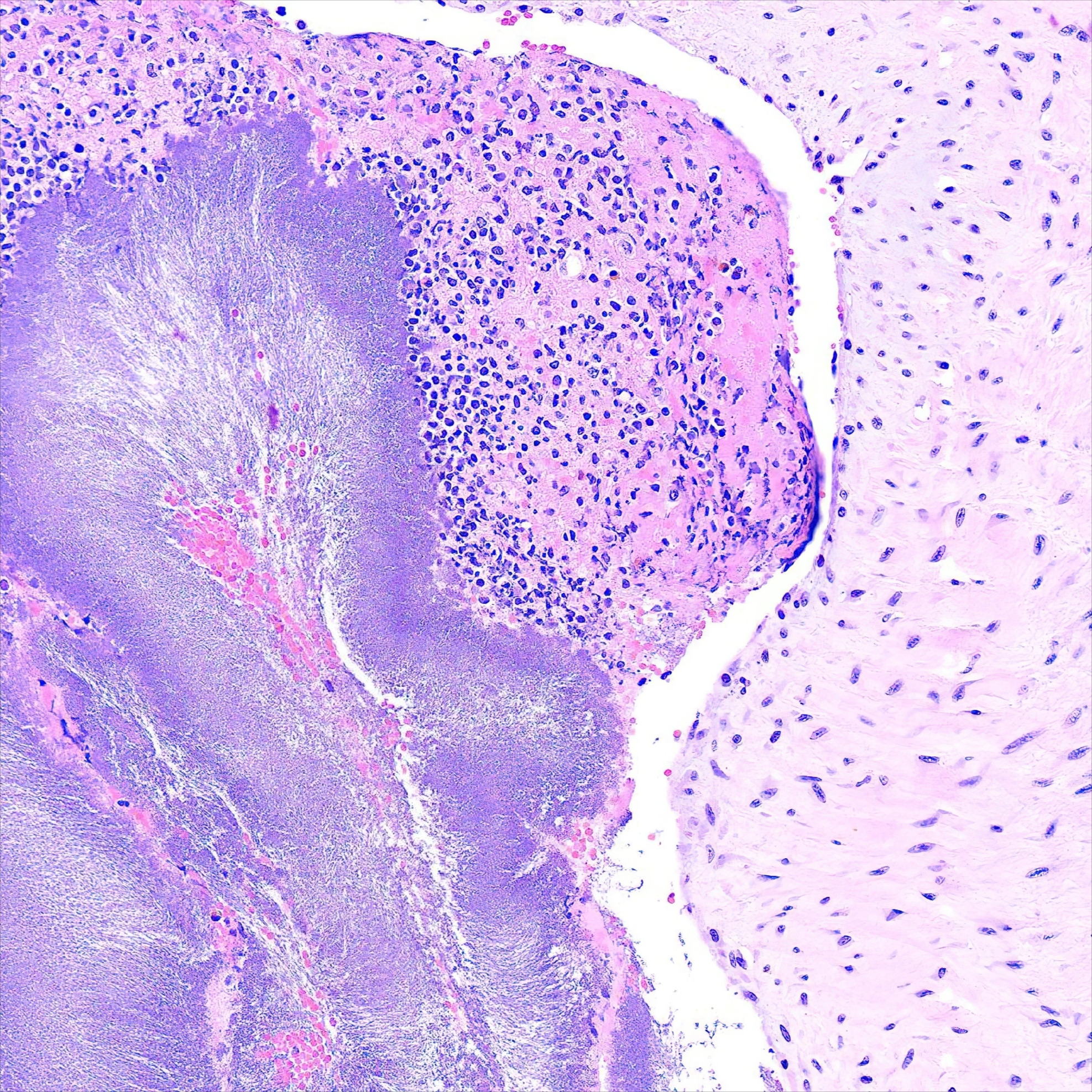
Actinobacillus equuli in humans
Frequency therapy as a potential treatment: The role of Actinobacillus equuli in humans
Actinobacillus equuli is a bacterium that is mainly found in horses, where it can lead to various diseases.
In humans, infection with this pathogen is very rare and usually only occurs under special circumstances - for example in people with close contact with animals or in immunocompromised patients.
In such cases, Actinobacillus equuli can cause various infectious diseases, ranging from localised infections to serious systemic illnesses.
Frequency therapy is an alternative treatment method based on the assumption that every living being and every pathogen has a specific frequency.
By using electromagnetic waves, it should be possible to influence these frequencies and thus achieve a therapeutic effect.
Frequency therapy is used in various areas, including pain therapy, supporting healing processes and fighting infections.
With regard to Actinobacillus equuli in humans, frequency therapy is still a relatively unexplored area.
The scientific data is limited and opinions on the effectiveness of frequency therapy are divided.
Nevertheless, there are users and therapists who report positive experiences with this form of treatment.
Frequency therapy encompasses various approaches, including bioresonance therapy, Rife therapy and Voll electro-acupuncture (EAV).
All of these methods are based on the idea that the body's own and foreign frequency patterns can be identified and modulated.
Treatment is carried out using special devices that emit electrical signals.
When using frequency therapy in connection with Actinobacillus equuli infections, the aim could be to find specific frequencies that inhibit the activity or multiplication of the bacteria.
One challenge here is the exact determination of the corresponding frequencies, as each organism reacts individually and a variety of factors can influence the frequency spectrum.
It is important to emphasise that frequency therapy is not a recognised medical treatment in Germany and other countries in the sense of conventional medicine.
Anyone interested in this form of therapy should discuss it with a qualified therapist and not see the treatment as a substitute for established medical therapies.
in addition, a doctor should always be consulted if an infection with Actinobacillus equuli is suspected or diagnosed. He or she can make an informed diagnosis and initiate appropriate treatment, which usually consists of antibiotics.
In this context, frequency therapy could be used as a complementary treatment method to potentially support the healing process.
There are reports of patients who have experienced relief of their symptoms through frequency therapy. However, these subjective experiences vary from person to person and cannot be generalised to everyone.
Anyone considering frequency therapy should therefore obtain comprehensive information and carry out the therapy under expert guidance.
In conclusion, it can be said that frequency therapy as an alternative treatment method for combating infections caused by Actinobacillus equuli in humans is an interesting but still under-researched field.
As with any alternative or complementary form of therapy, it is essential that the application is based on careful consideration and takes place in addition to conventional medical measures.
In the future, it would be desirable for more scientific studies to be conducted to better understand the efficacy and potential mechanisms of frequency therapy in the context of Actinobacillus equuli infections. Until then, a critical and well-informed approach to the choice of treatment options is the best way to promote health and well-being.
